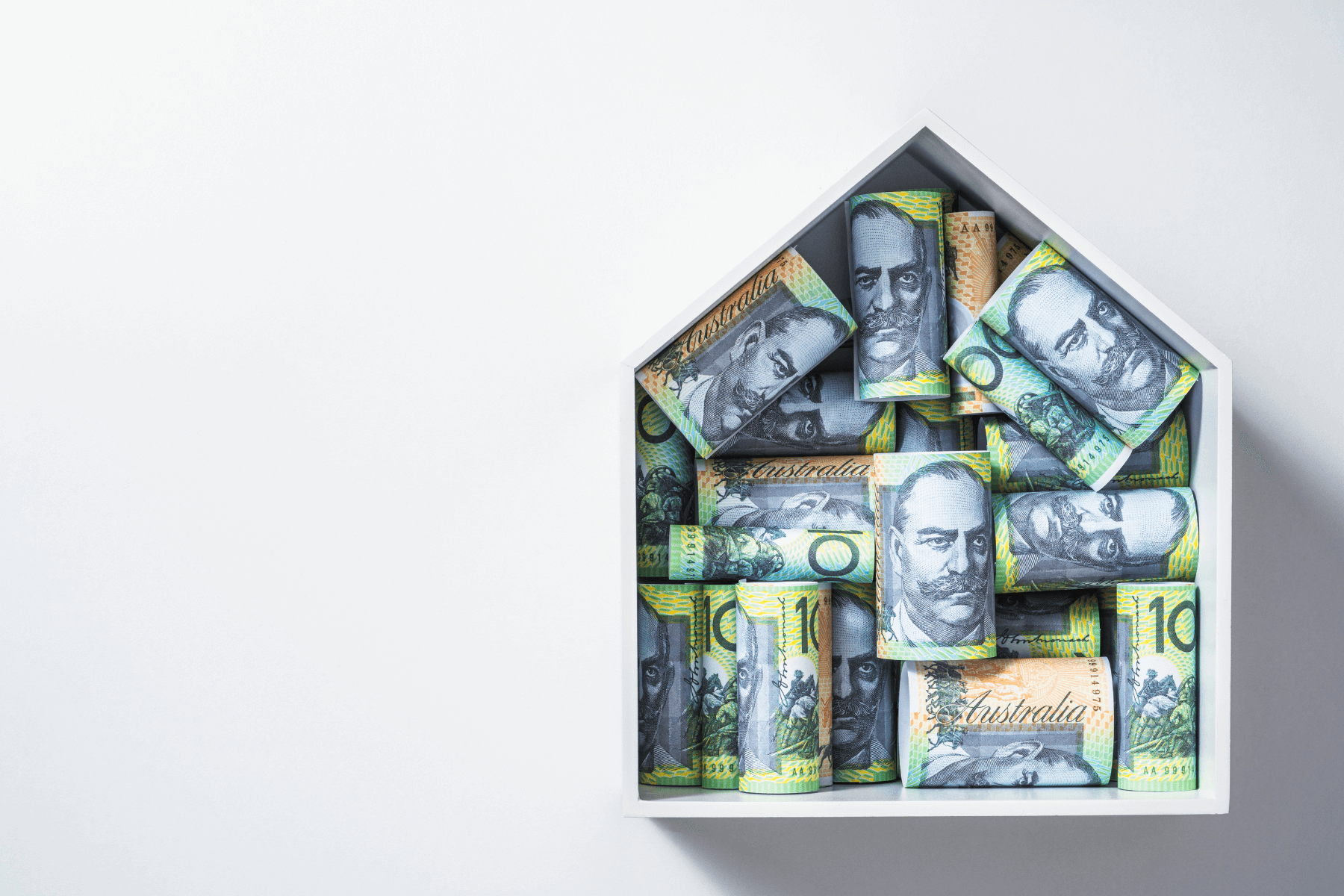What is the RBA cash rate?

You may have heard about the “cash rate” in financial news, often in connection with mortgage rates, savings accounts, and economic forecasts. But what exactly is the cash rate, and why does it matter to everyday Australians? Understanding the cash rate, set by the Reserve Bank of Australia (RBA), is essential for anyone looking to make informed financial decisions, from budgeting to borrowing and investing. This guide explains what the cash rate is, how it affects the economy, and why it matters to your finances.
Topics in this article:
What is the cash rate?
The cash rate is the interest rate on overnight loans between banks. This is the rate the RBA sets to influence broader economic conditions across Australia. By changing the cash rate, the RBA can steer the economy toward stable inflation, high employment, and sustainable growth.
-
Why it’s called the cash rate
- The term “cash rate” refers to the cost of borrowing “cash” (money) between banks on a short-term basis. Banks use these overnight loans to ensure they meet liquidity requirements, essentially paying or receiving interest at the current cash rate.
-
Who sets the cash rate?
- The RBA, Australia’s central bank, determines the cash rate. The RBA’s Board meets regularly to decide whether to raise, lower, or keep the rate steady, depending on Australia’s current economic conditions.
How does the cash rate affect interest rates?
When the RBA changes the cash rate, it influences interest rates on a variety of loans and savings accounts, some examples include:
-
Mortgage rates
- A higher cash rate usually leads to higher mortgage rates, making loans more expensive for borrowers. Conversely, a lower cash rate generally means lower mortgage rates, reducing the cost of borrowing.
-
Savings and deposit rates
- For savers, a higher cash rate typically results in higher interest earned on savings accounts and term deposits. When the cash rate is low, savers may see reduced returns on these accounts.
-
Personal loans and credit cards
- Changes in the cash rate can also affect personal loan rates, credit card rates, and other forms of credit. A lower cash rate makes borrowing cheaper, which can encourage spending, while a higher rate makes borrowing more expensive, potentially slowing down consumer demand.
Why does the RBA change the cash rate?
The RBA uses the cash rate to help manage inflation, employment, and economic growth. Here’s how:
-
Controlling inflation
- Inflation occurs when the prices of goods and services increase over time. If inflation is too high, the RBA may raise the cash rate to curb spending and bring inflation back to target levels. When inflation is low, the RBA may lower the cash rate to encourage spending and investment.
-
Supporting employment
- The RBA aims to maintain high employment levels. Lowering the cash rate makes borrowing cheaper, which can stimulate business investment, potentially creating more jobs. Raising the cash rate may slow job creation, but it’s sometimes necessary to keep inflation under control.
-
Promoting economic growth
- The cash rate is a powerful tool for encouraging or slowing economic growth. Lower rates can help boost the economy during downturns by making it easier to borrow and spend. Higher rates can help moderate growth if the economy is expanding too quickly and inflation risks increasing.
How does the cash rate affect you?
Understanding the cash rate can help you anticipate changes in loan costs, savings interest, and overall financial conditions. Here’s how different rate changes might impact you:
-
As a homeowner or buyer
- When the cash rate rises, mortgage repayments often increase as banks adjust their interest rates. For prospective buyers, higher rates may mean qualifying for a smaller loan. A lower cash rate, however, typically results in lower mortgage rates, making it easier to afford a home loan.
-
As a saver
- A higher cash rate generally means better returns on savings accounts and term deposits. When the rate is low, you might see reduced growth on your savings, which can impact long-term goals.
-
As a consumer
- Lower cash rates make credit more affordable, which can be beneficial for those with personal loans or credit card debt. However, when rates increase, the cost of credit also rises, potentially limiting spending.
Frequently asked questions
-
What is the current cash rate?
- The cash rate changes based on the RBA’s decisions. You can check the latest cash rate on the RBA’s website or through financial news sources.
-
How does the RBA decide to change the cash rate?
- The RBA Board looks at economic data, including inflation rates, employment figures, and global financial conditions, to determine whether a rate change is necessary.
-
Can the cash rate be negative?
- While it’s uncommon, some central banks have set negative cash rates in extreme circumstances to encourage spending. However, the RBA has yet to implement a negative cash rate.
The cash rate may seem like an abstract economic term, but it has a real impact on household finances, from mortgage repayments to savings account interest. By understanding how the cash rate works and why the RBA changes it, you can make more informed financial decisions and better prepare for shifts in the economy. Whether you’re a borrower, saver, or investor, staying informed on cash rate changes is key to navigating your finances in Australia.
If you’re looking for expert guidance to navigate the impact of cash rate changes on your home loan, reach out to Australian Finance Hub. Our team can help you find the right loan tailored to your needs.




